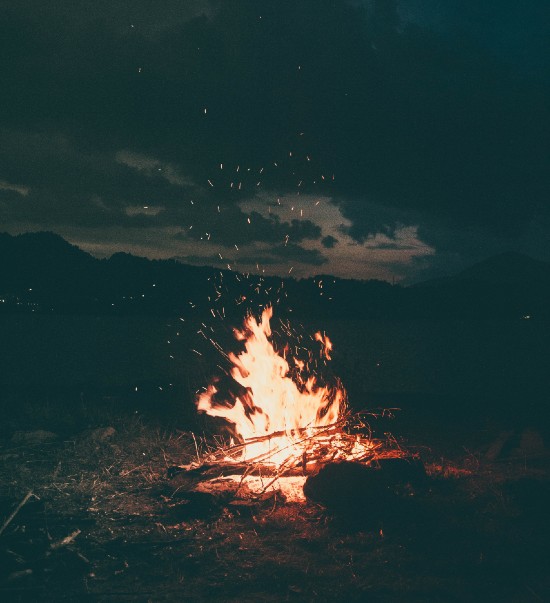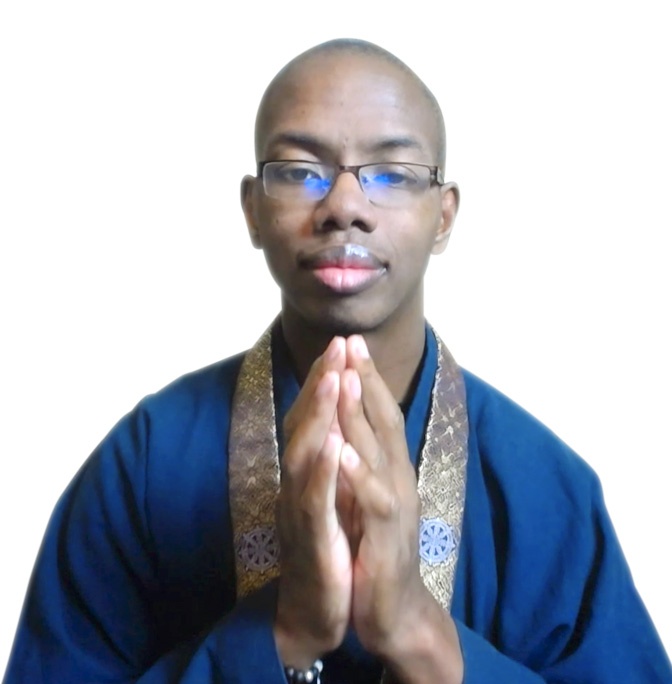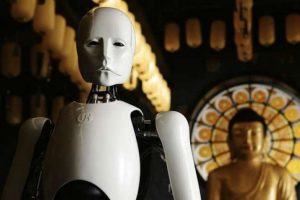
The First Noble Truth of Buddhism states: “Life is Suffering.” This is a reference to the Fire Sermon where the Buddha describes the nature of human existence by stating:
“Bhikkhus, all is burning. And what is the all that is burning?
The eye is burning, visible forms are burning, eye-consciousness is burning, eye-contact is burning; also whatever is felt as pleasant or painful or neither-painful-nor-pleasant that arises with eye-contact as its condition, that too is burning. Burning with what? Burning with the fire of greed, with the fire of hate, with the fire of delusion, with birth, ageing and death, with sorrow, with lamentation, with pain, grief and despair it is burning.” (Wheeler)
On the surface, this is a horrifying teaching. The Buddha is stating in no uncertain terms that everything we see with our eyes is a source of suffering. More than that, later in the passage he states that the same is true for everything we hear, taste, touch, smell, and think!
However, despite the dystopian tone of the discourse, the Fire Sermon isn’t meant to scare us. Rather, it’s meant to teach us a mature, holistic view of the world. In the same way that we can’t have a fire without heat, it’s impossible to have a life completely devoid of suffering.
But we try anyway. And in our attempts to separate the heat from the flames of life we burn ourselves over and over again.
The paradox is that if we wish to escape suffering, we must accept that it is inescapable. We can’t have a life without pain anymore than we can have a rose without thorns or a homecooked meal without dirty dishes to wash.
That said, if we learn to work with the thorns skillfully, then we can enjoy the full beauty of a rose. And if we’re willing to wash the dishes, we’ll get to enjoy many homecooked meals. But we must be willing to take the good with the bad.
And that’s the purpose of the Fire Sermon; to grab us by the hand and lead us through the fire of our fear. And as we walk through the flames, letting the white ash blister our feet, we learn that suffering is okay. We’re okay. And we can survive anything that life throws our way.
More than that, we realize that suffering is only one part of the journey. On the other side of a dirty litter box there’s a cat who loves to cuddle. On the other side of sadness there’s joy. And on the other side of the Fire Sermon there’s a life of comfort and inner peace.
In fact, Zen master Hakuin alludes to this fact in the “Song of Zazen,” in which he states:
How near the truth, yet how far we seek.
Like one in water crying, “I thirst!”
Like the son of a rich man wand’ring poor on this Earth we endlessly circle the six worlds.
The cause of our sorrow is ego delusion.
From dark path to dark path we’ve wandered in darkness,
how can we be freed from the wheel of samsara?
The gateway to freedom is zazen Samadhi. (The Zen Site)
In this passage, Hakuin is referencing the same human dilemma that the Buddha describes in the Fire Sermon. He’s reminding us that the source of our suffering is our own confused minds, which cause us to look outside ourselves for happiness. Like “the son of a rich man wand’ring poor on this Earth” we keep searching in the dark corners of the world for treasure, only to find heartache. All the while, we have the greatest treasure of all—Buddha-nature—within ourselves.
As a solution to our problem, Hakuin recommends the practice of Samadhi meditation. When we practice Samadhi meditation, we strive to find the stillness within ourselves that’s not subject to the whims of greed, hate, and delusion. Generally speaking, this is done by choosing an object of concentration, and bringing our mind back to that object each time it starts to wander.
For example, if our object of concentration is the breath, every time our mind wanders toward greed (e.g., I want a new car), we rein it back in, returning our focus to the feeling of air moving in and out of our lungs.

When we do this, we retrain our minds to rest in a place of stillness, and we stop ourselves from being burned by the flames of Samsara—we learn to walk safely through the inferno. But we do this not by changing the nature of the fire, but by changing the way we see ourselves.
The world is on fire, and it’s burning with the fires of greed, hate, and delusion. But we are buddhas. And we’re also burning; burning with the fire of generosity, burning with the fire of compassion, and burning with the fire of wisdom.
When we practice meditation, we tap into those fires—the fires of enlightenment. And they protect us from the inherent dangers of this world.
References
Wheeler, Kate Lila. 2013. Wheels of Fire: The Buddha’s Radical Teaching on Process. The Barre Center for Buddhist Studies. https://www.buddhistinquiry.org/article/wheels-of-fire-the-buddhas-radical-teaching-on-process/
See more
Hakuin’s Song of Zazen(The Zen Site)












